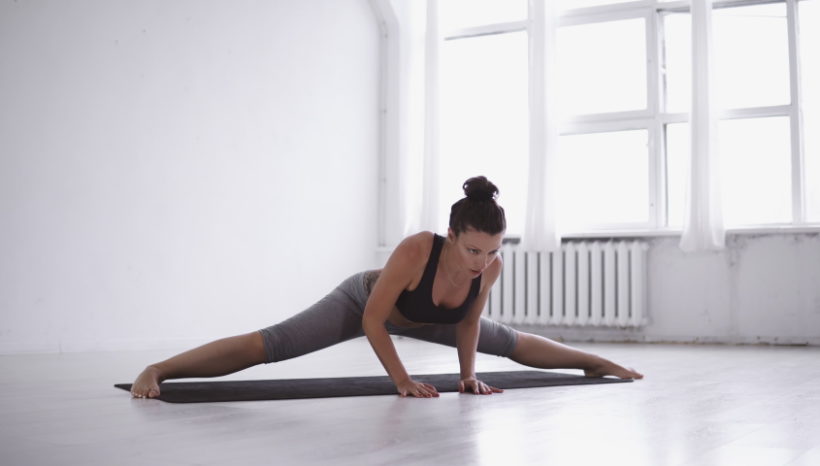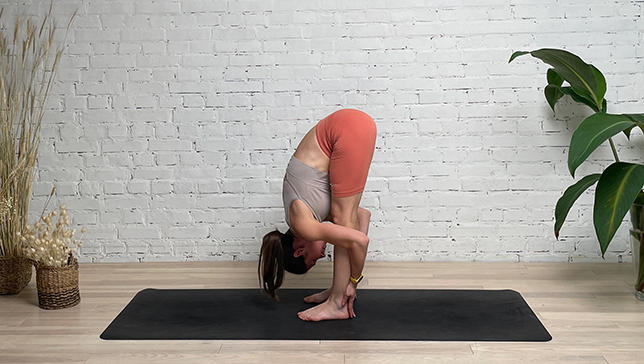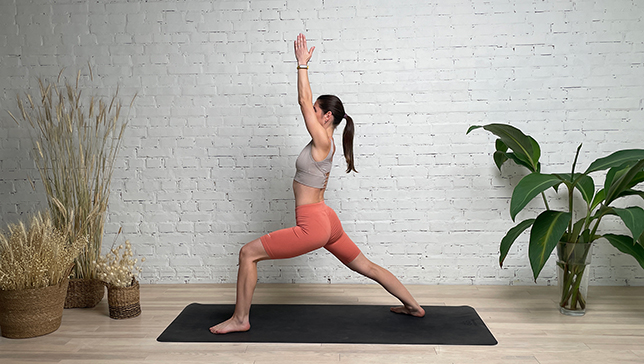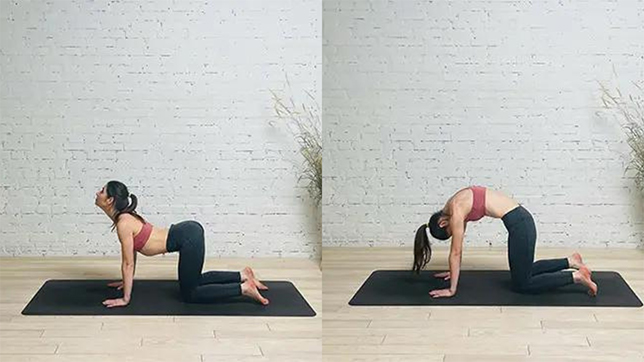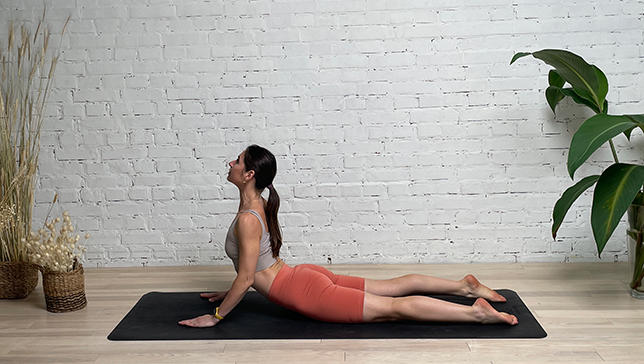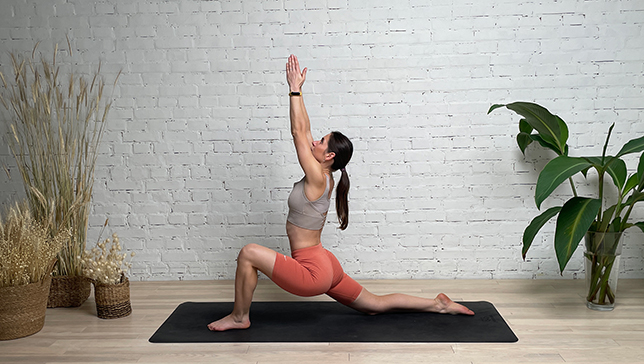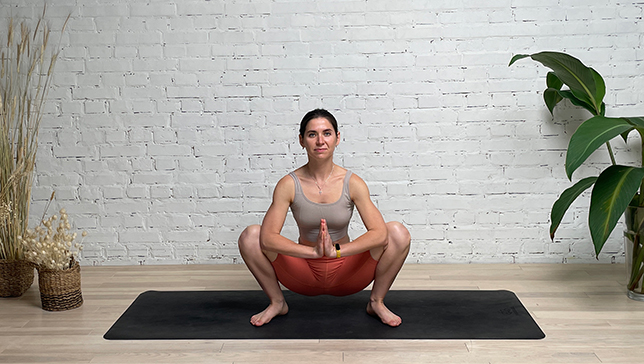In Standing Forward Bend Pose or Uttanasana in Sanskrit (‘Ut’, means 'intensity' and the ‘Tan’, means 'stretch, extend or lengthen out') the spine is given a deliberate and intense stretch. This yoga pose consists of standing with feet together, bending the upper body at the hips and letting the head hang downwards, and taking control of the body by placing the palms on the floor beside the feet.
This intense forward stretch of the upper body including the spine brings an indirect opening of the hamstring muscles. Standing Forward Bend Pose is considered a base pose as standing forward bend pose variations can be derived from this pose. Standing Forward Bend Pose helps boost energy in the body and hence can be included in flow yoga sequences.
